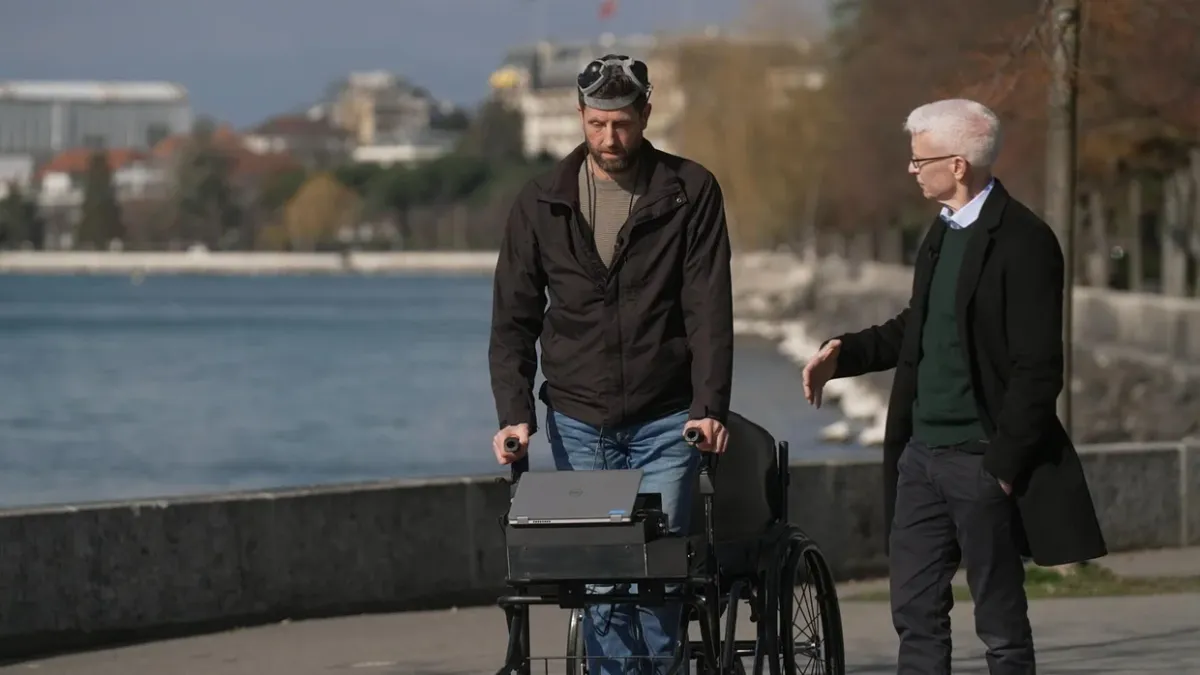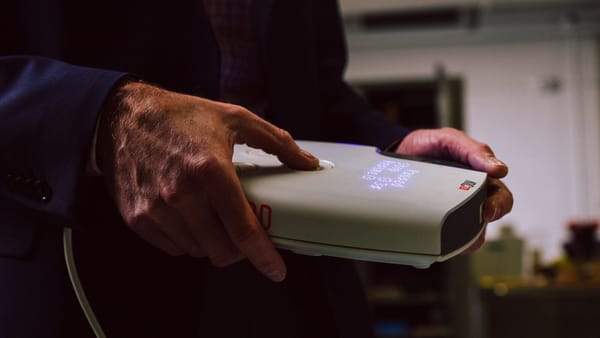Breakthrough: "Digital Bridge" Restores Thought-Controlled Movement in Paralyzed Patients

LAUSANNE, SWITZERLAND – May 11, 2025 – A groundbreaking clinical trial at NeuroRestore in Lausanne, Switzerland, is offering unprecedented hope for individuals with severe spinal cord injuries. Led by renowned French neuroscientist Grégoire Courtine and Swiss neurosurgeon Dr. Jocelyne Bloch, researchers have developed a "digital bridge" that wirelessly connects a patient's brain to a spinal cord stimulator, enabling thought-controlled movement in paralyzed limbs.
The innovative system involves implanting a small titanium device in the patient's skull, directly over the motor cortex. This device records brain activity when a patient thinks about moving a limb. Artificial intelligence then translates these brain signals into instructions for a stimulation device implanted on the spinal cord, which in turn sends electrical pulses to activate muscles in the legs or arms.
Early results from five patients are nothing short of remarkable. Participants, some of whom were severely paralyzed, have regained the ability to stand, take steps with a walker, and even move their limbs just by thinking about it. One patient, Marta Carsteanu-Dombi, who had no feeling below her waist, showed significant progress after just two days of training with the digital bridge. This technology builds upon earlier successes with spinal cord stimulation that allowed patients to stand and walk using a button-activated device. The "digital bridge" represents a monumental leap, offering a direct, thought-driven pathway to restoring function and profoundly improving the quality of life for those living with paralysis.



